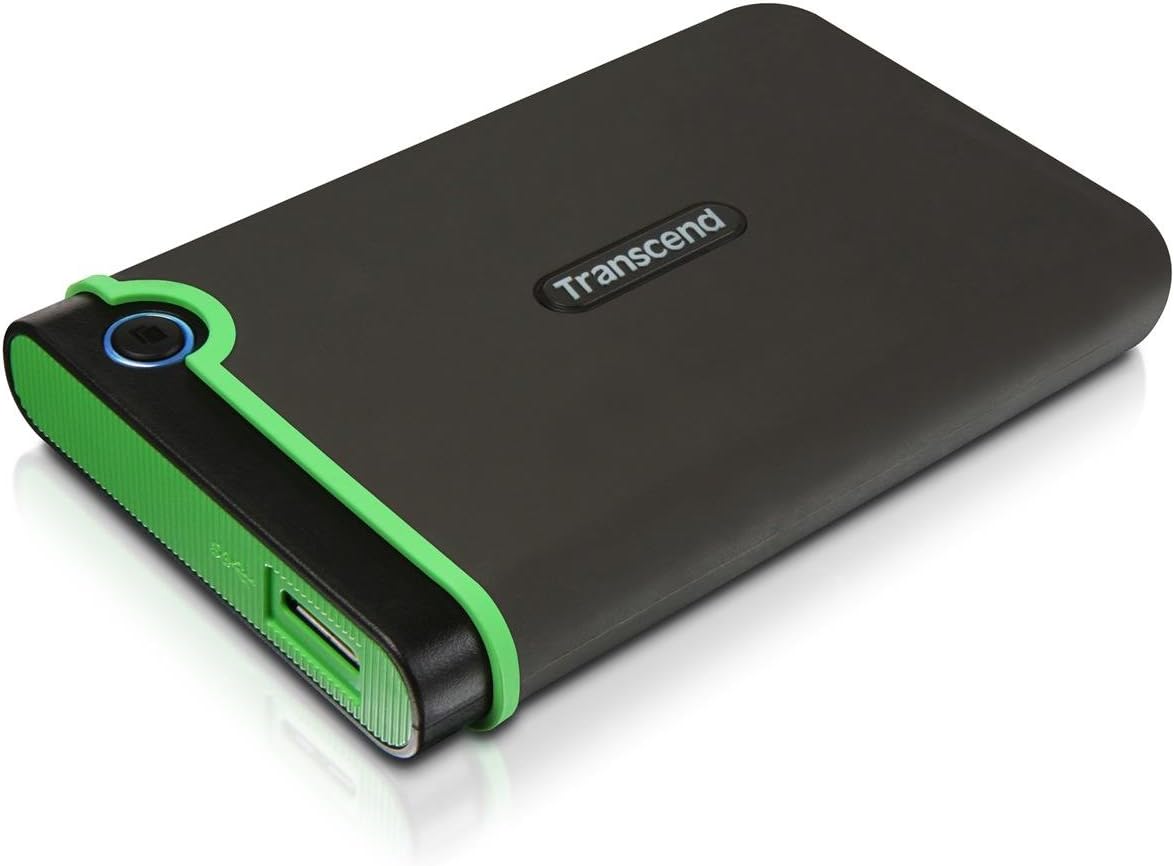Are you experiencing issues with not enough space on your external drive? A fix is available to help resolve this issue.
Understanding Storage Discrepancies
Storage discrepancies on an external drive can often be confusing and frustrating to deal with. One common issue that can lead to this problem is disk partitioning. Make sure to check the partitions on your external drive to see if there are any discrepancies.
It’s also important to consider the file system of your external drive. Different file systems, such as NTFS, ExFAT, or FAT32, can impact how storage space is allocated and displayed on your drive. Ensure that the file system of your external drive is compatible with your operating system.
If you are running low on storage space, check for any unnecessary files or folders that can be deleted. Use tools like Disk Cleanup or WinRAR to free up space on your external drive.
Another possible cause of storage discrepancies is bad sectors on the drive. Run a disk check to identify and repair any bad sectors that may be affecting the storage capacity of your external drive.
If you are still experiencing storage issues, consider creating a system image or backup of your data before attempting to fix the problem. This will ensure that your data is safe in case anything goes wrong during the troubleshooting process.
Disk Cleaning and Organization Techniques
- Empty Recycle Bin:
- Right-click on the Recycle Bin icon on the desktop.
- Select “Empty Recycle Bin” from the dropdown menu.
- Confirm the action by clicking “Yes” when prompted.
- Uninstall Unused Programs:
- Open Control Panel by searching for it in the Windows search bar.
- Click on “Uninstall a program” under the Programs section.
- Scroll through the list of installed programs and select the ones you no longer need.
- Click “Uninstall” and follow the on-screen instructions to remove the program.
- Run Disk Cleanup:
- Press Windows key + R to open the Run dialog box.
- Type in “cleanmgr” and press Enter.
- Select the drive you want to clean up and click “OK”.
- Check the boxes next to the types of files you want to delete and click “OK”.
Checking and Fixing Disk Errors
To check and fix disk errors on your external drive, you can use the built-in Windows utility called Check Disk. This tool scans the drive for any errors and fixes them automatically.
Step 1: Open File Explorer and right-click on your external drive.
Step 2: Select Properties from the context menu.
Step 3: Go to the Tools tab and click on the Check button under Error checking.
Step 4: Check the box next to “Automatically fix file system errors” and click Start.
Step 5: If prompted, schedule the disk check to run the next time you restart your computer.
Managing Virtual Files and Debris Sectors
To manage virtual files and debris sectors on your external drive when facing a lack of space, follow these steps:
1. Use Disk Cleanup: This built-in Windows tool helps you remove temporary files, system files, and other unnecessary items taking up space on your drive.
2. Organize and delete files: Sort through your files and delete any duplicates, old, or unnecessary items to free up space. Consider moving large files to another location or deleting them completely.
3. Use storage management tools: Consider using third-party tools like EaseUS Partition Master to help you manage disk space more efficiently.
4. Check for and repair bad sectors: Use disk repair tools to scan for and fix any bad sectors on your drive that may be causing storage issues.
Solutions for File Size and System Format Issues

1. Check the File Size: Make sure that the files you are trying to transfer to the external drive are not too large. If they are, consider compressing them using software like WinRAR to reduce their size.
2. Format the Drive: If the external drive is not formatted correctly, it may not have enough space available. Use Disk Management in Windows to format the drive to a compatible file system like NTFS, ExFAT, or FAT32.
3. Delete Unnecessary Files: Clear out any unnecessary files or programs on the external drive to free up space. Use File Explorer to navigate through the drive and delete any files you no longer need.
4. Check for Bad Sectors: Use disk checking tools like EaseUS Partition Master to scan the drive for any bad sectors that may be causing issues with file size and format. Repair or replace the drive if necessary.
5. Utilize System Restore: If you are still facing issues with file size and system format, consider using System Restore to revert your computer back to a previous state when the drive was functioning properly.
Extending Drive Partitions
To extend drive partitions on your external drive, follow these steps:
1. Connect your external drive to your computer.
2. Open Disk Management by searching for it in the start menu.
3. Locate your external drive in the list of disks.
4. Right-click on the partition you want to extend and select “Extend Volume.”
5. Follow the on-screen prompts to extend the partition to the desired size.
6. Once the extension is complete, you will have more space available on your external drive for storage.
Extending drive partitions can help you make the most of your external drive’s storage capacity. This process is simple and can be done quickly with the help of Disk Management in Windows.
F.A.Qs
How do I make more space on my external hard drive?
To make more space on your external hard drive, you can delete programs you never use, back up rarely used data, and run the Disk Cleanup utility.
Why does my USB says not enough space but it’s empty?
Your USB says there is not enough space even though it’s empty because there may be a pre-formatted file system on the drive that is limiting the amount of data you can transfer. For example, the FAT32 file system has a maximum file size limit of 4GB.
Why does my drive say not enough space but there is?
Your drive may say “not enough space but there is” due to a lack of administrator privilege or disk errors like bad sectors.
